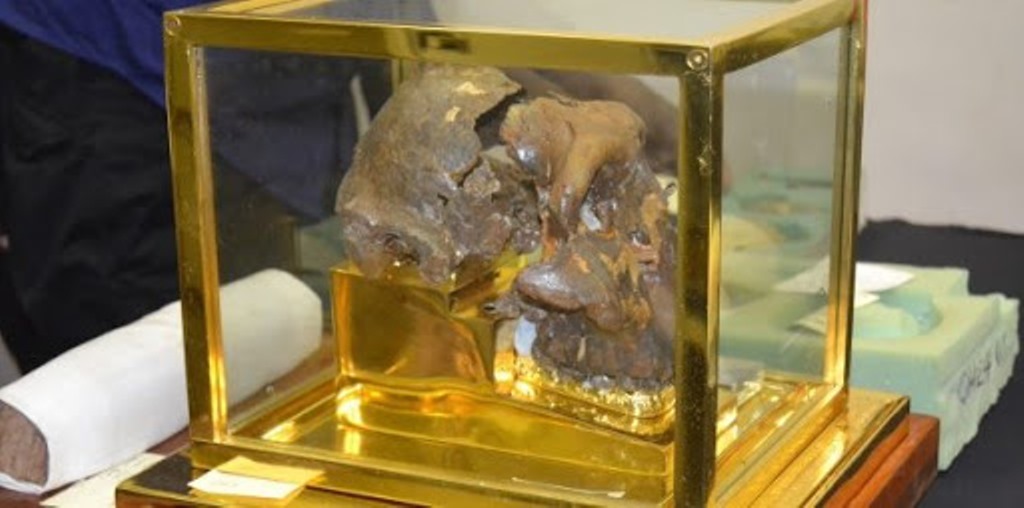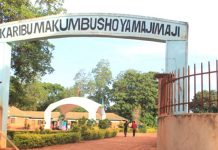Author: JAMES KAMALA
AfricaPress-Tanzania: GOVERNMENT efforts to market oldest fossils of mankind have yielded positive results as records show that more than 40,000 people from across the globe have been flocking to the National Museums of Tanzania (NMT).
Tanzania is known as a cradle of mankind since 1959 when Zinjanthropus, the oldest skull of mankind was discovered in Oldvai gorge within Ngorongoro Crater.
According to NMT executive director, Dr Noel Lwoga, the skull and other fossils have been attracting people, aiming at revisiting human history.
Dr Lwoga who was speaking in Dar es Salaam during commemorations of the 61th anniversary of the discovery of Zinjanthropus skull, said visitors who have been visiting the museum include researchers, academicians and tourists.
According to Dr Lwoga, locals make almost 70 per cent of the visitors who tour the museum while the rest are foreigners.
NMT’s senior researcher and senior curator Dr Agnes Gidna, clarified that the oldest fossils were attracting a bigger number of people since they trigger human curiosity of the past lives, learning, recreation and culture.
Dr Gidna said that the discoveries were raising the nation’s dignity as they help visitors to understand their origin.
“Both local and foreign visitors here do acknowledge that Tanzania is their place of origin and a true home. This being the case, it is expected that more visitors will keep flocking here in the future,” she said.
The researcher revealed that other fossils discovered at Olduvai Gorge include animal remains, tools and roots which were used as food, which means that the complete history of human evolution is easily witnessed within Tanzania.
Zinjanthropus is a fossilized cranium and the holotype of the species Paranthropus boisei.
It was discovered in Olduvai Gorge, within Ngorongoro conservation area in Arusha, Tanzania, by archaeologist-paleontologist Mary Leakey in 1959.
Mary Leakey was a paleoanthropologist who is best known for making several prominent archaeological and anthropological discoveries throughout the latter half of the 20th century.
Working with husband Louis Leakey, her longtime colleague, she uncovered a number of fossils in Africa, which significantly advanced scientific knowledge of the origins of humankind.
Among several prominent archaeological and anthropological discoveries, the Leakey’s discovered a skull fossil of an ancestor of apes and humans while excavating the Olduvai Gorge in Tanzania in 1959-a discovery that helped to illuminate the origins of humankind.



